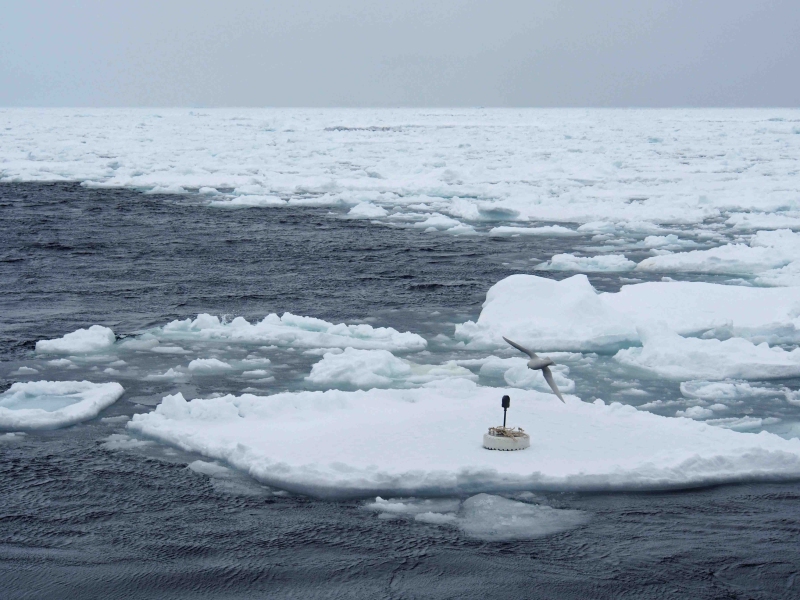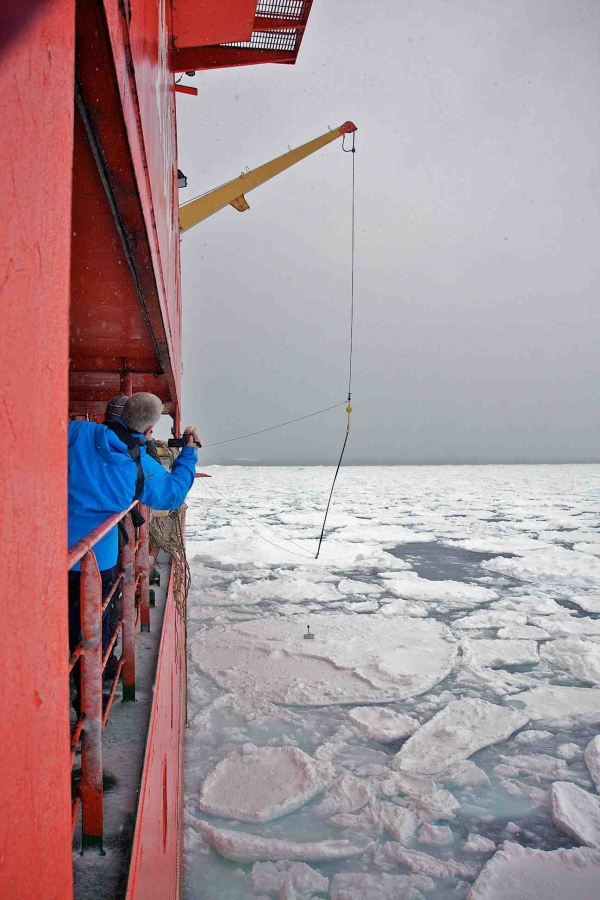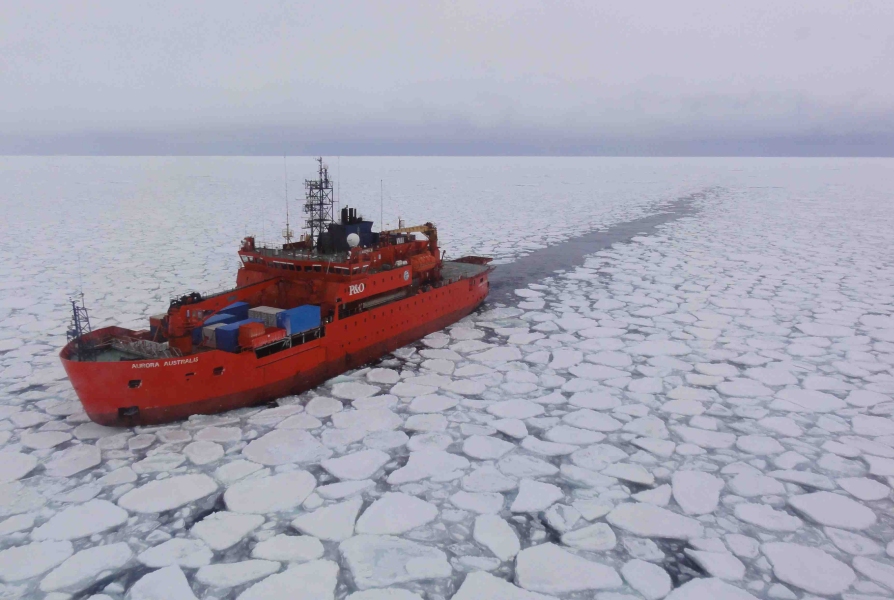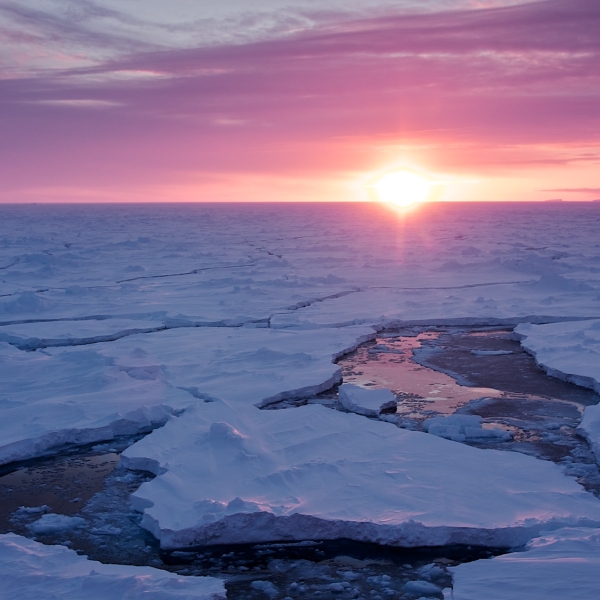NIWA scientists have made a breakthrough in understanding one of the key processes driving changes in sea ice.
Drs Alison Kohout, Mike Williams and Sam Dean along with Australian based scientist Dr Mike Meylan, have been researching how the Southern Ocean’s biggest waves are affecting Antarctic sea ice.
Their new data show that large waves in the Southern Ocean - those bigger than 3 m - are able to break sea ice over greater distances than previously believed, and that this process may be the missing science that explains the increase in Antarctic, and rapid decrease in Arctic, sea ice extent.
These findings have this week been published in the latest edition of one of the world’s most prestigious scientific journals, Nature.
Dr Kohout said the research aims to explain how Antarctic sea ice has been able to increase in some areas yet decrease in others. This observed change is in contrast to the predictions from climate change models that Antarctic sea ice should have already begun retreating. It also potentially explain the accelerating loss of Arctic sea ice.
“Our work has suggested that the role of large waves is more relevant that previously assumed,” she said.
“In the Arctic there is a lot of evidence of sea ice retreat, yet scientists have been unable to reproduce the speed of sea ice retreat in their modelling. This suggests something is missing from the models.”
Sea ice plays a critical role in moderating the global climate system. The state of the sea ice is an indicator of how climate is changing around the poles.
Dr Kohout said the Southern Ocean is continually generating large and unforgiving swells that break sea ice apart, removing the barrier between the ocean and atmosphere.
Dr Williams said they were able to use new technology to conduct their research and this enabled them to collect more and improved data about large waves.
“When the experiments required for this research were last carried out in the 1970s and 80s, people needed to be sitting on the sea ice to take measurements and that meant they couldn’t be out there when the big waves came through,” Dr Williams said.
“Now we have autonomous equipment that can be out there during storms and that’s what gave us the ability to get the new data.”
Dr Kohout said that since the days of Antarctic explorer Ernest Shackleton, it has been known that waves play a role in breaking-up sea ice, but this role has not been well understood.
“It seems likely that ocean waves are important in characterising sea ice and our recent observations suggest that they are under-represented in sea ice models. It is very exciting to see a shift of thinking globally and a renewed interest in trying to improve our understanding of this process,” she said.
In addition to using climate modelling to explore the issue further, Dr Williams said the new information about the wave climate has the potential to be used as a predictive tool for ship navigation.
“We will be able to predict the size of waves that ships can expect when they are moving through sea ice. This is important as large waves can be a risk to ships with little or no ice protection.”
The Nature article can be found at: www.nature.com
Watch the video below to see a wave sensor buoy lowered by helicopter onto the sea ice:
NIWA antarctic buoy deployed from NIWA on Vimeo.





